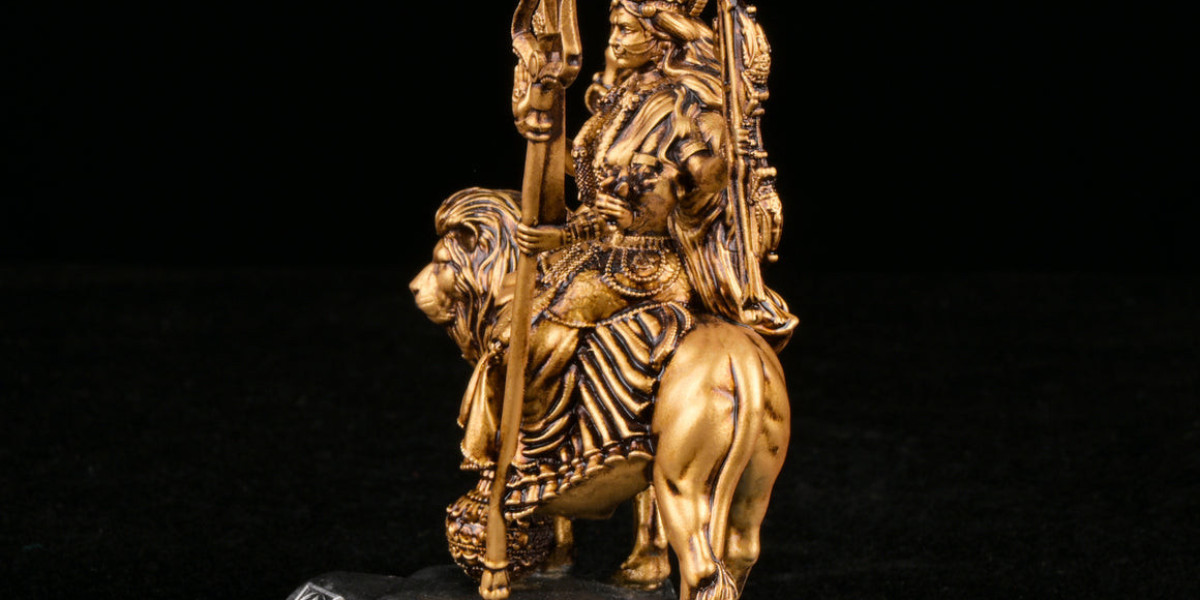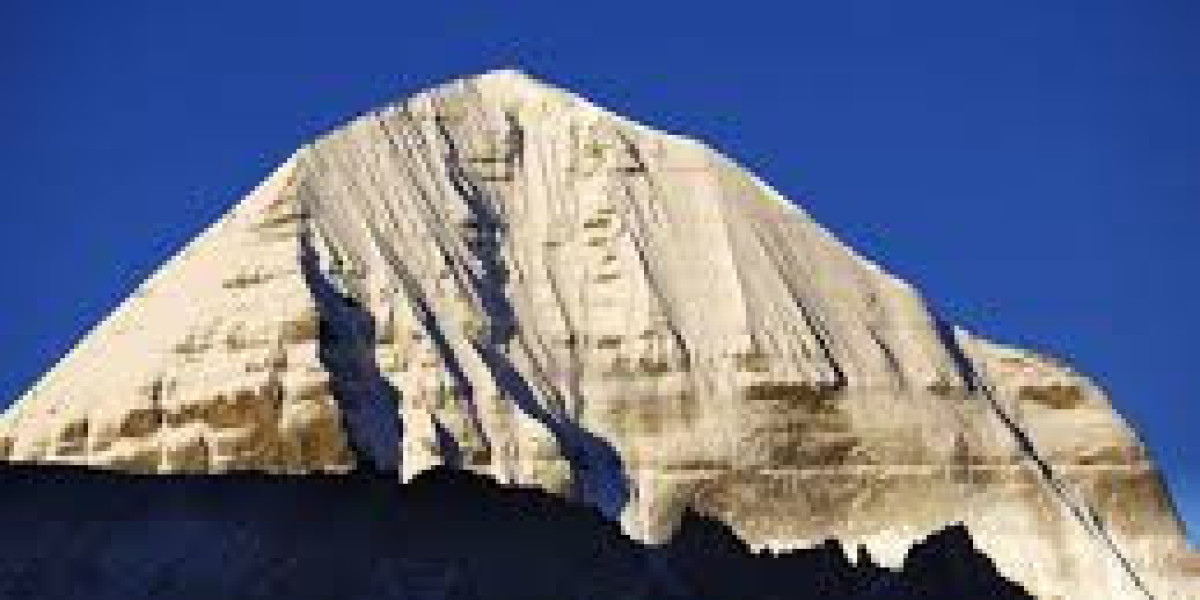Durga Mata, a principal deity in Hinduism, is worshipped as the supreme goddess of power, protection, and motherly compassion. Her murtis, or idols, serve as a physical manifestation of her divine presence, allowing devotees to connect with her spiritual essence. These murtis are not just artistic representations; they are central to the worship practices and cultural traditions that honor Durga Mata’s multifaceted nature.
The Significance of Durga Mata
Durga Mata is often depicted as a warrior goddess with multiple arms, each holding a weapon, riding a lion or tiger. This iconography symbolizes her role as the protector of the universe and the vanquisher of evil forces. She is revered for her strength, courage, and the ability to maintain peace and harmony.
- Multiple Arms: Each arm of Durga Mata holds a different weapon, symbolizing her readiness to combat evil and protect her devotees from all directions.
- Lion or Tiger: Her mount represents her dominion over power and ferocity, signifying her control over primal forces.
- Weapons: The weapons in her hands — such as the trident (trishul), discus (chakra), sword (khadga), and bow (dhanush) — represent various divine attributes and powers.
- Calm and Composed Face: Despite her fierce warrior form, Durga Mata’s face remains serene, symbolizing inner peace and compassion.
The Making of Durga Mata Murtis
Crafting a Durga Mata murti is both an art and a spiritual practice. Skilled artisans, often following traditional techniques passed down through generations, create these idols with great devotion and precision. The process involves several steps:
- Design and Modeling: The design of the murti is meticulously planned, considering the proportions, posture, and symbolic elements.
- Material Selection: Durga Murtis can be made from various materials, including clay, brass, wood, marble, and resin. Each material has its significance and is chosen based on the intended use of the murti.
- Sculpting and Detailing: Artisans sculpt the murti with intricate details, ensuring that every aspect of the goddess’s form is beautifully represented. This includes her weapons, jewelry, and the expressions on her face.
- Painting and Decoration: The final steps involve painting the murti with vibrant colors and adding embellishments like clothing, jewelry, and other decorations to enhance its beauty and sanctity.
Worship and Rituals
Durga Mata murtis play a central role in Hindu worship, especially during festivals like Navaratri and Durga Puja. These murtis are installed in homes, temples, and public spaces, becoming the focal point for prayers and rituals.
- Navaratri: This nine-night festival celebrates the different aspects of Durga Mata. Devotees perform daily rituals, offer prayers, and partake in fasting and cultural performances.
- Durga Puja: Particularly popular in Bengal, this festival involves elaborate installations of Durga Murtis, which are worshipped with great fervor. The festivities include music, dance, and community feasts, culminating in the immersion of the idols in water bodies.
- Daily Worship: Many devotees keep small Durga Mata murtis in their homes for daily worship. These idols are placed in a sacred space, where devotees offer flowers, incense, and prayers.
Cultural and Spiritual Impact
The presence of a Durga Mata murti transcends mere religious practice; it serves as a source of inspiration and strength for devotees. These idols remind worshippers of the goddess’s virtues and the qualities they aspire to embody in their own lives — courage, resilience, compassion, and unwavering faith.
Durga Mata murtis also hold cultural significance, reflecting the rich artistic heritage of the regions where they are made and worshipped. The festivals and rituals associated with these idols foster community bonds and cultural continuity, ensuring that the traditions surrounding Durga Mata are passed on to future generations.
Conclusion
Durga Mata murtis are profound embodiments of the goddess’s divine attributes, serving as focal points for worship and sources of spiritual strength. The artistry and devotion involved in their creation and the rituals performed around them highlight the deep cultural and spiritual roots of Durga Mata worship. Whether during grand festivals or in everyday practices, these idols remind devotees of the goddess’s protective presence and inspire them to cultivate her virtues in their lives.



